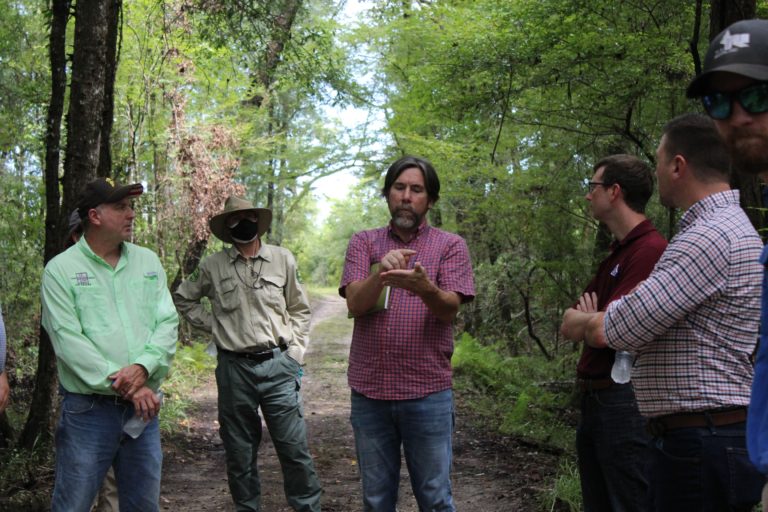Biden Administration Seeks to Uproot Progress Made on Collaborative Conservation Under ESA
In an effort to reverse many Trump-era decisions regarding the Endangered Species Act (ESA), President Biden on his first day in office issued an executive order directing the USFWS to revise, rescind, or reinstate five major ESA regulations issued by the Trump administration.
As a result of the Executive Order, the U.S. Fish and Wildlife Service (USFWS) has released two new proposed rules: The first change to be proposed under the Biden Administration would rescind the regulatory definition of habitat, opening the door for critical habitat designations in unoccupied areas. (Reg. 1018-BE69). The second proposal would roll back the Trump administration’s rule (Reg. 1018-BD84) that economic data be used as a factor in deciding whether to protect a species’ habitat.
The recently proposed rules threaten to uproot progress and achievements made on collaborative conservation among forest landowners and the USFWS, signaling a return to complicated and burdensome rules that do little to advance conservation goals and ignore the good stewardship of private forest landowners.
Private forest owners care for more than 450 million acres of forestland – 60% of the nation’s forests – and are therefore critical to successful conservation initiatives. Active forest management is a proven conservation tool and forest landowners have demonstrated they want to be an active partner in conservation, but do not want to be overburdened with regulatory handcuffs.
“These proposals are extremely frustrating at a time when forest landowners are facing continued challenges of recovery from wildfires in the West and hurricanes in the southeast, shortages of skilled workforce to clear their damaged forests and return them to working forests, stagnant stumpage prices, and increased management costs due to inflation,” said FLA CEO Scott Jones. “Playing regulatory ping pong only creates uncertainty and obstacles for forest landowners as they manage their forests for both environmental and economic benefits.”
As stated in FLA’s comments to the USFWS and submitted to the Federal Register in September of 2020 regarding the creation of the habitat definition,
In the spirit of the ESA’s requirement that critical habitat be designated based on the “best scientific data available,” any definition of habitat adopted by the Services should find its basis in the scientific literature and should remain as faithful as possible to widely accepted definitions of habitat, while making only those adjustments required to comport with the terms of the ESA. It should depart from accepted definitions only as much as absolutely necessary to fit the statutory intent. As such, the Services’ definition should maintain a focus on the importance of occupancy and minimize extension of “habitat” to areas that do not exhibit occupancy – or that are not capable of producing occupancy if the species were to be introduced to the area.
“FLA will remain vigilant on ESA issues and advocating for regulatory stability, and we encourage forest landowners to share their stories during the proposed rule change comment period to let the administration know collaborative conservation among those who own and manage the land where the majority of plant and species live is the solution for moving forward toward conservation goals, not backward,” noted Jones.
“You can read FLA’s comments on the proposed ESA regulation changes here:
